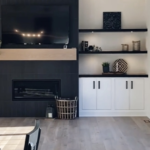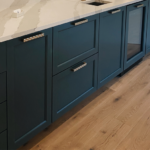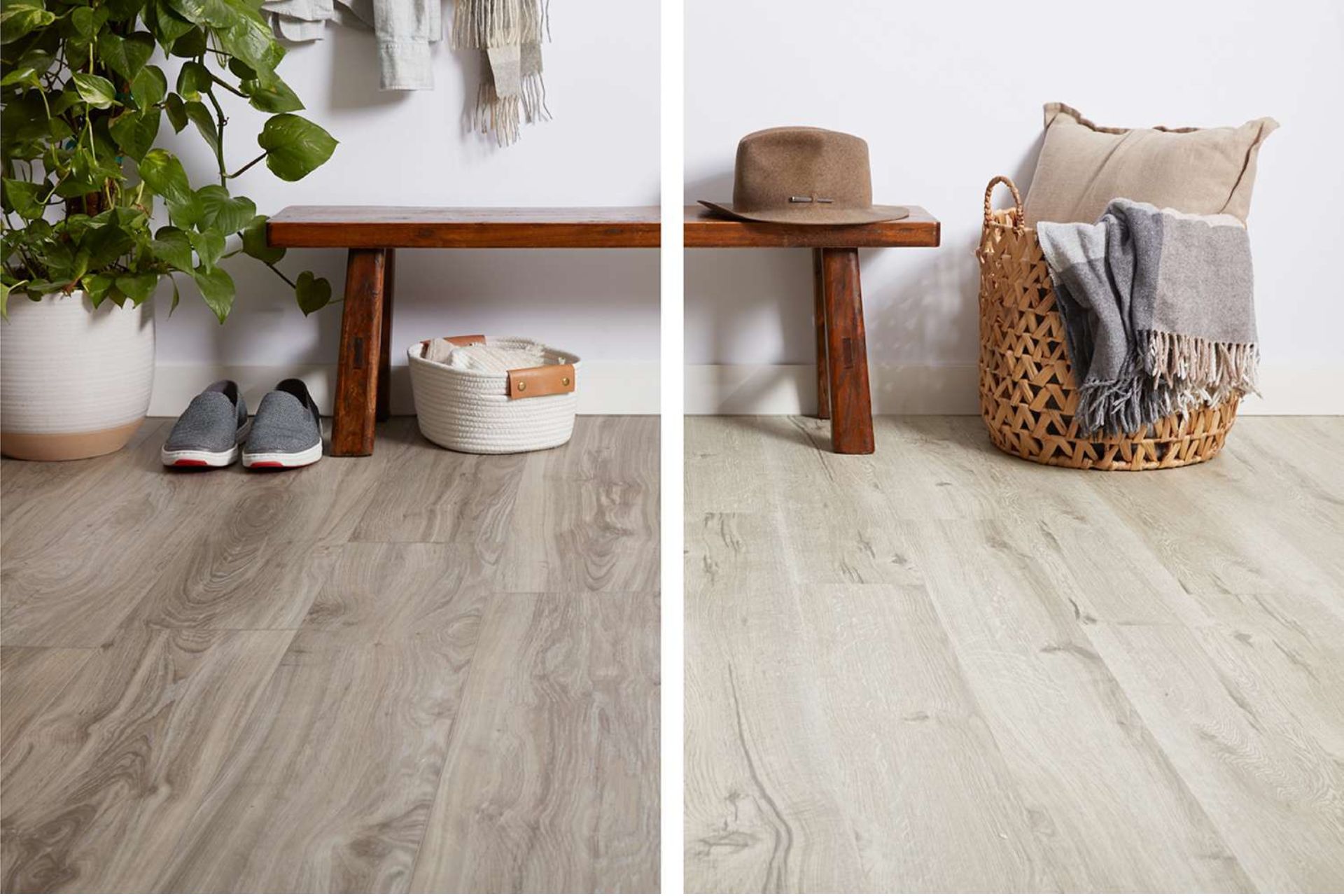How to Prepare Your Home for Flooring Installation
When you’re ready to upgrade your home with new flooring, the first step is ensuring that you’re fully prepared for the installation process. At Village Custom Interiors, we understand that the days leading up to a flooring installation can feel overwhelming, but with a little preparation, you can make the process smooth and hassle-free for both you and your installers.
Whether you’re installing hardwood, carpet, tile, or luxury vinyl plank (LVP), proper preparation is crucial for the job to go off without a hitch. Here are some key steps to prepare your home and ensure your flooring installation goes smoothly from start to finish.
Clear the Space for Installers
The first thing you’ll want to do before the flooring installation starts is to clear the area where the installation will occur. Move any furniture, décor, or electronics out of the room. Depending on the space being worked on, this could involve relocating bulky items like sofas, tables, and appliances, or even dismantling shelving units.
If you’re unable to move heavy furniture by yourself, it’s a good idea to ask about furniture moving services in advance. While many flooring stores, including ours at Village Custom Interiors, can offer assistance with this, preparing the space beforehand will make the installation easier for the installers. Keep in mind that leaving the space as empty as possible will allow the team to work quickly and efficiently.
Prepare Adjacent Areas
It’s not just the immediate installation area that needs attention. Flooring installation often involves some dust, debris, and noise, which may affect surrounding rooms. Cover furniture in nearby areas with drop cloths to protect it from dust. Additionally, if you’re planning any other home projects like window installation, coordinate those with your flooring schedule to avoid overlapping disruptions. If work is being done in multiple areas of your home, you want to ensure there’s minimal interference between teams.
Ensure Easy Access
Floor installation typically requires large materials and equipment, so providing easy access to the home is essential. Ensure that driveways, sidewalks, and entryways are clear for the installers to bring in flooring materials. If your HVAC system runs through the area being worked on, you may also want to turn it off to avoid circulating dust throughout your home during the installation process.
Clear hallways and staircases of obstacles, as well. Your installation crew will need enough room to move freely through your home, so making it as accessible as possible is a good idea.
Manage Pets and Children
Flooring installation often involves loud noises and potentially hazardous materials, making it essential to keep pets and children away from the work area. If you can, arrange for pets and children to stay in another part of the home, or even outside the house entirely, during the installation. Not only does this make the process easier for the installers, but it also ensures safety for your family.
Ventilation and Temperature Control
Flooring materials like adhesives, grout, and sealers may emit fumes that could linger during the installation process. It’s a good idea to keep your home well-ventilated. You can do this by opening windows or using fans to improve airflow, especially if the HVAC system isn’t running. Certain types of floors, such as hardwood or tile, may also have specific temperature and humidity requirements, so ensuring proper climate control in your home is essential to the success of the installation.
Plan for a Temporary Setup
Since you’ll need to clear rooms for the installation, it’s smart to plan ahead for how you’ll manage the displacement. If the kitchen or main living areas are involved, set up temporary spaces elsewhere in the house where you can go about your daily routine without too much disruption. For example, if the flooring installation is happening in your kitchen, consider setting up a temporary cooking space in the garage or dining room. This small adjustment can make the process much more manageable and ensure that the installers have all the space they need.
Inspect the Installation Area
Before the installers arrive, take a few moments to inspect the room where the work will be done. Look for anything that could interfere with the installation, such as uneven surfaces or loose baseboards. At Village Custom Interiors, our experienced team always conducts a thorough pre-installation inspection, but identifying any potential issues in advance can speed up the process. Check that the subfloor is in good condition, as this can impact the quality of the installation. You’ll also want to double-check that the room is completely dry—particularly important if your floor installation is happening in moisture-prone areas like kitchens or bathrooms.
Communication is Key
Communication with your flooring store and installation team is crucial throughout the process. Make sure you’re clear on when the installers are scheduled to arrive and how long the installation will take. At Village Custom Interiors, our experienced team is always available to answer any questions you might have before, during, and after the installation.
If you have any specific preferences or concerns about how the installation is handled, it’s always a good idea to discuss them with the installers beforehand. This open communication can prevent any misunderstandings and ensure that the process runs smoothly.
Protect Other Areas of the Home
Flooring installation can involve some level of disruption to other areas of your home. To protect your belongings and prevent dust and debris from spreading, use drop cloths or plastic sheeting in areas adjacent to the installation site. This step is particularly important if you’re installing hardwood, tile, or carpet, as the cutting process can generate a lot of dust. Additionally, be mindful of high-traffic areas that the installers may use to move materials in and out of the house, and consider laying down protective coverings to safeguard those floors.
Consider Future Projects
If you’re planning future projects, like a bathroom remodel or window installation, coordinating them with your floor installation is a smart move. For example, if you’re thinking about upgrading your windows in the same room, doing it before or after the flooring installation ensures you won’t have to worry about damaging your new floors later. At Village Custom Interiors, we often advise our clients to complete all structural work—such as electrical updates or wall painting—before starting the floor installation to avoid extra mess or potential damage.
What to Expect When the Installers Arrive
When the installers arrive, the process is usually straightforward if you’ve prepared your home properly. Our experienced team will bring all the necessary tools, materials, and equipment to complete the job efficiently. They’ll start by confirming the installation area and reviewing any specific requests you have. Once the installation starts, they’ll work systematically through the space, ensuring everything is laid to perfection.
Whether you’re installing hardwood, tile, carpet, or LVP, the process is simplified with proper preparation. Providing clear access, having the installation area ready, and communicating openly with the installation team will contribute to a smooth, hassle-free experience.
At Village Custom Interiors, we take pride in our detail-oriented approach to flooring installation, and we are here to guide you every step of the way. With the right preparation, your flooring upgrade will be seamless, allowing you to enjoy your beautiful new space as quickly as possible.












